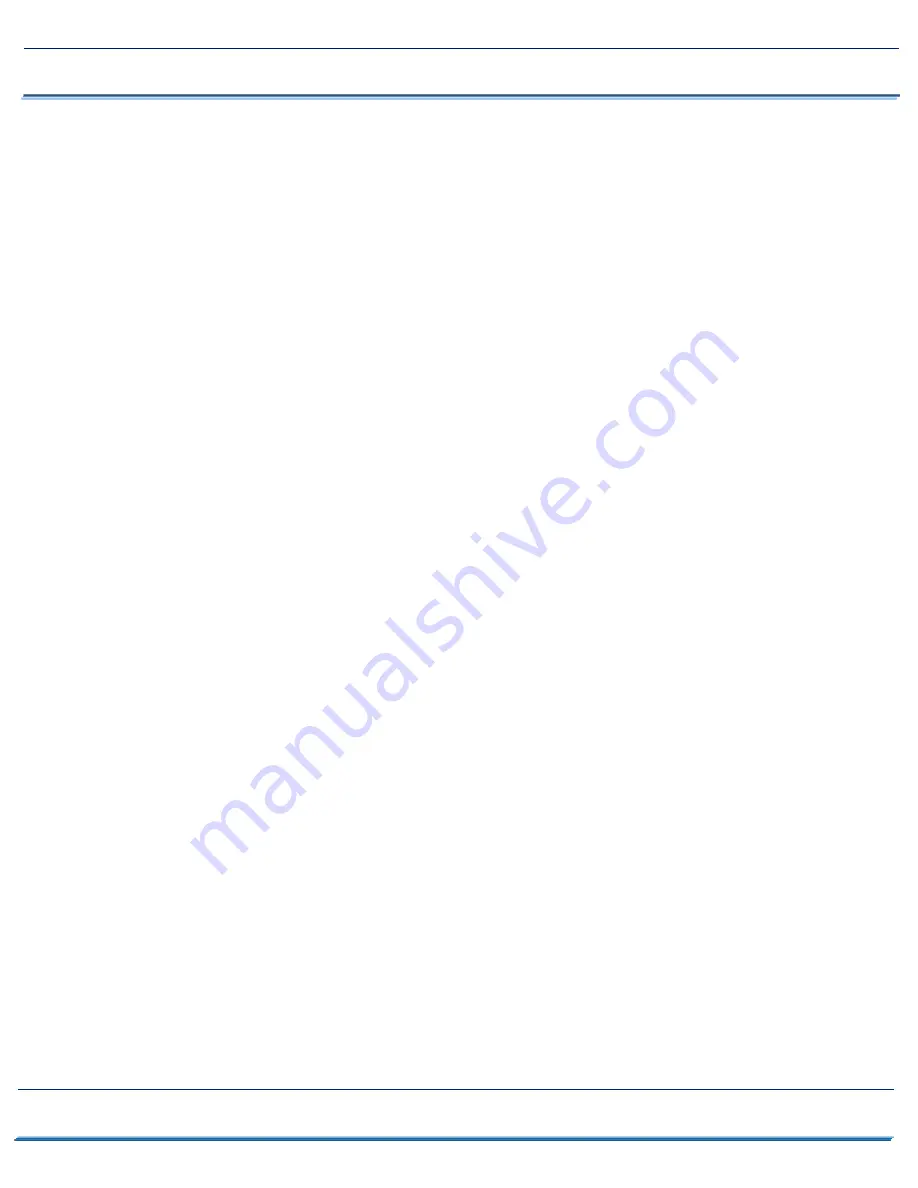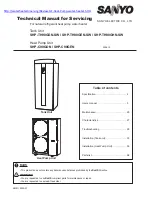
CWS Plus Birm Filter Installation & Startup Guide
Page 4
www.cleanwaterstore.com
Rev 101813
Pre-Installation
1.
Review your packing list and make sure you have received all the parts before beginning
installation.
2.
If you are going to be turning off the water to the house and you have an electric water heater,
shut off the power to the water heater before beginning installation in case water heater is
accidentally drained.
3.
Pick a suitable location for your filter system on a dry level spot where it won’t be exposed to
freezing temperatures. A minimum of 20 PSI is required. Maximum pressure is 90 PSI.
4.
Get all of your plumbing parts together before beginning installation. Installation typically takes
3 to 5 hours. However, after installation the Birm Filter must be allowed to run through a
complete backwash and rinse cycle.
5.
After the system is installed and running, your water may be discolored, or full of sediment or
rust, particularly if this is older or corroded piping. This typically clears up over a day or two.
Best Practices for Piping & Drain Installation
1.
See typical installation on page 7 (Fig 2). The Birm filter is installed after the pressure tank.
2.
Make sure to connect the IN pipe to the CWS Plus inlet and the OUT pipe to the outlet (see Fig
2). As you face the CWS Plus control from the front, the water enters on the right and exits on
the left. From the back (see Fig 2) the water enters on the left. The inlet and outlet are
attached to the bypass valve, which is marked with arrows as well.
3.
Make sure there is a working gate or ball valve before the CWS Plus Birm Filter and also one
after as shown in Fig 2. The pressure gauges are optional and perhaps not necessary but a hose
bib (which is a faucet that you can attach a garden hose to) is strongly recommended after the
Birm Filter and before the second ball valve. This makes it easy to rinse your new Birm Filter on
start-up and gives you a place to test the water before it enters your household plumbing.































